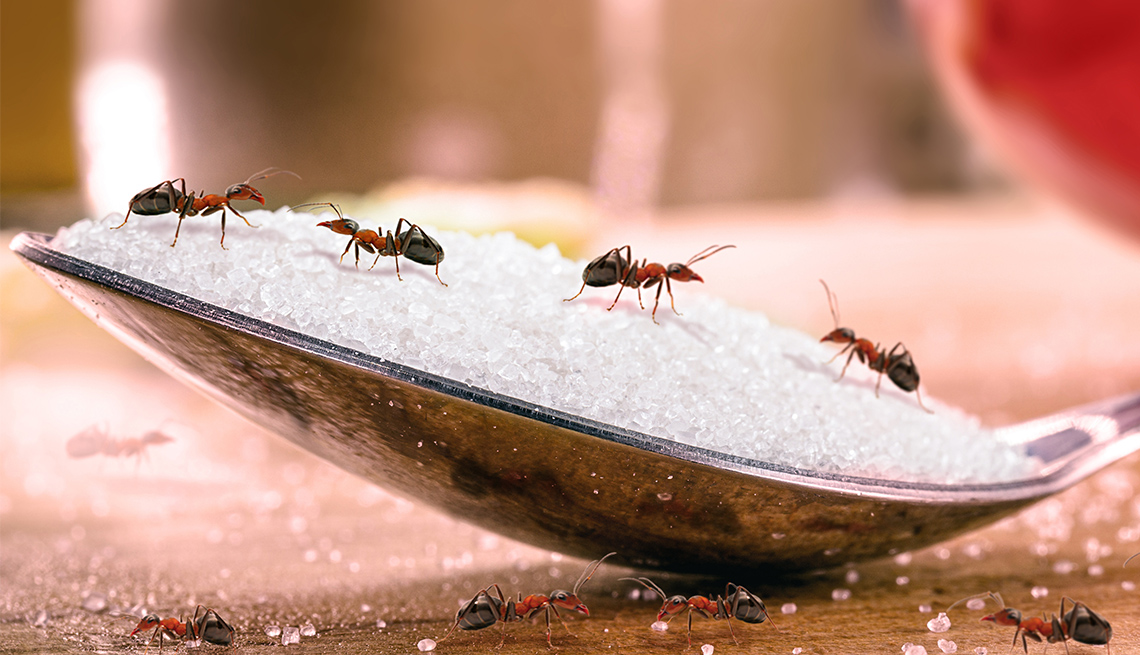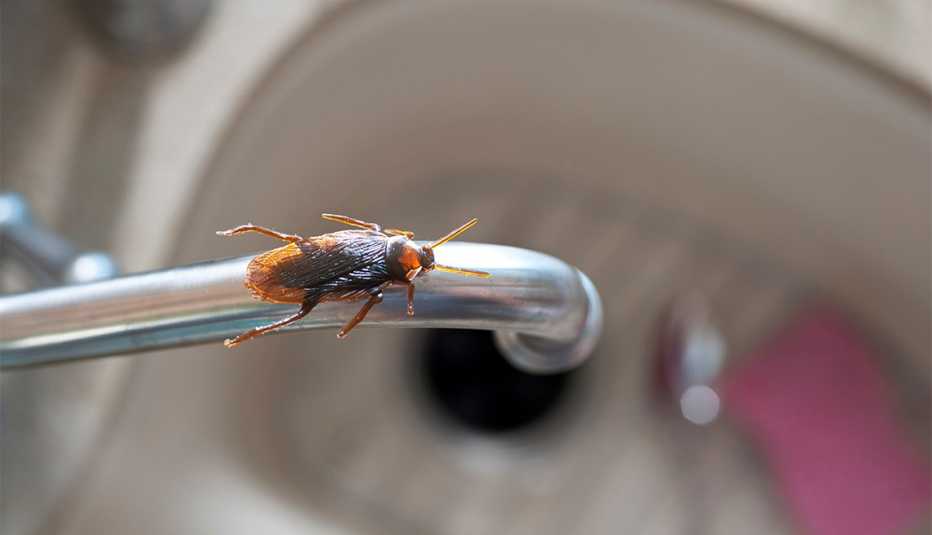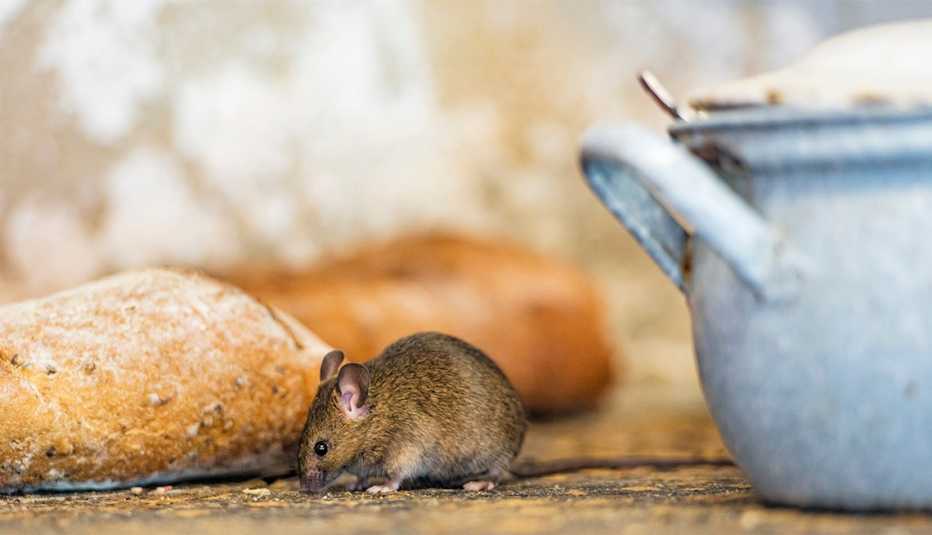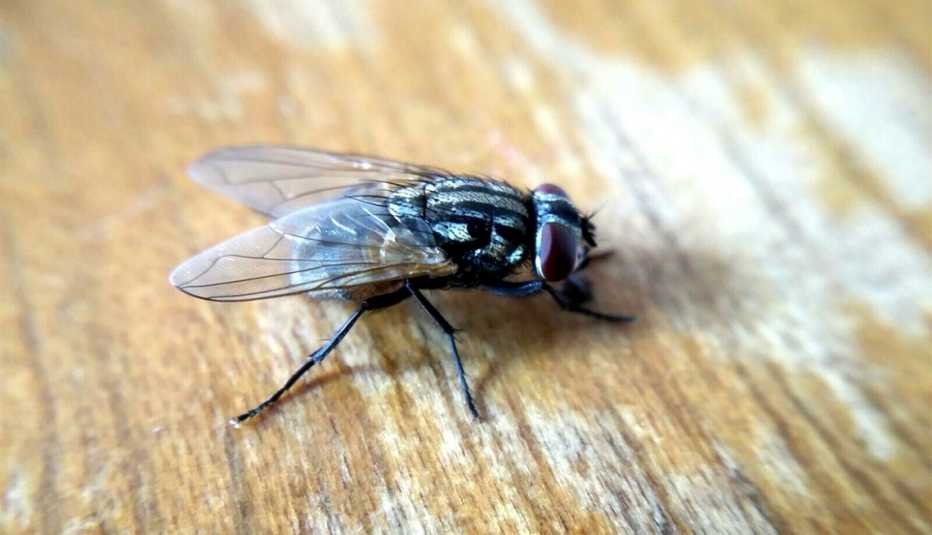Staying Fit
The kitchen is where everyone gathers. It’s typically the coziest, most welcoming spot in the house, but it also can attract some unwelcome visitors: small pests, like ants and flies, and bigger intruders, like mice and other rodents.


AARP Membership— $12 for your first year when you sign up for Automatic Renewal
Get instant access to members-only products and hundreds of discounts, a free second membership, and a subscription to AARP the Magazine.
Most kitchen pests are drawn by the warmth, shelter and the food — even weeks-old crumbs hidden beneath the toaster. And while they won’t eat you out of house and home, they can contaminate your food. What’s more, they’re surprisingly resilient, squeezing into your home through tiny access points you didn’t even know about, or hitching a ride on food from farmers markets and warehouses or even on pieces of firewood.
Some pests, such as ants, show up in larger numbers in the summer, so living in a place with year-round mild weather, like Florida or Arizona, presents more problems, says Nan-Yao Su, distinguished professor of entomology at the University of Florida in Fort Lauderdale. But even if you live in a region with four seasons and colder weather, you might run into trouble with insects like cockroaches, which can linger all year.
No matter the season, here’s how to get rid of some of the most common kitchen pests.
Ants
Ants may be the nation’s number one pest problem during summer, but they’re also active in the fall, bulking up to survive the winter months, when they go dormant. For people who live in places with year-round temperate weather, ants can become a chronic problem.
The most common ant, which you’re likely to see marching across your countertops, is the odorous house ant, says Jody Gangloff-Kaufmann, an entomologist at Cornell University. These small dark ants don’t bite or sting, but they love to forage and then leave a chemical trail for their brethren to follow. They also smell like blue cheese when crushed, Gangloff-Kaufmann adds. A larger ant, the carpenter ant, may venture into the kitchen, but these insects are usually living in water-damaged areas of the house and are often associated with leaks.
Ants can enter a home through minuscule holes and cracks, looking for food or warm, moist areas to nest. To prevent ants, Su suggests removing crumbs from counters and floors, cleaning up spills immediately, running garbage disposals frequently and emptying trash, recycling and compost bins regularly.
Odorous house ants will go after anything sugary, spilled drinks, pet food and cooking oil, Gangloff-Kaufmann says. “Sanitation is key to stopping them from foraging.” Once you detect odorous house ants, she recommends using liquid bait traps that contain boric acid.







































































